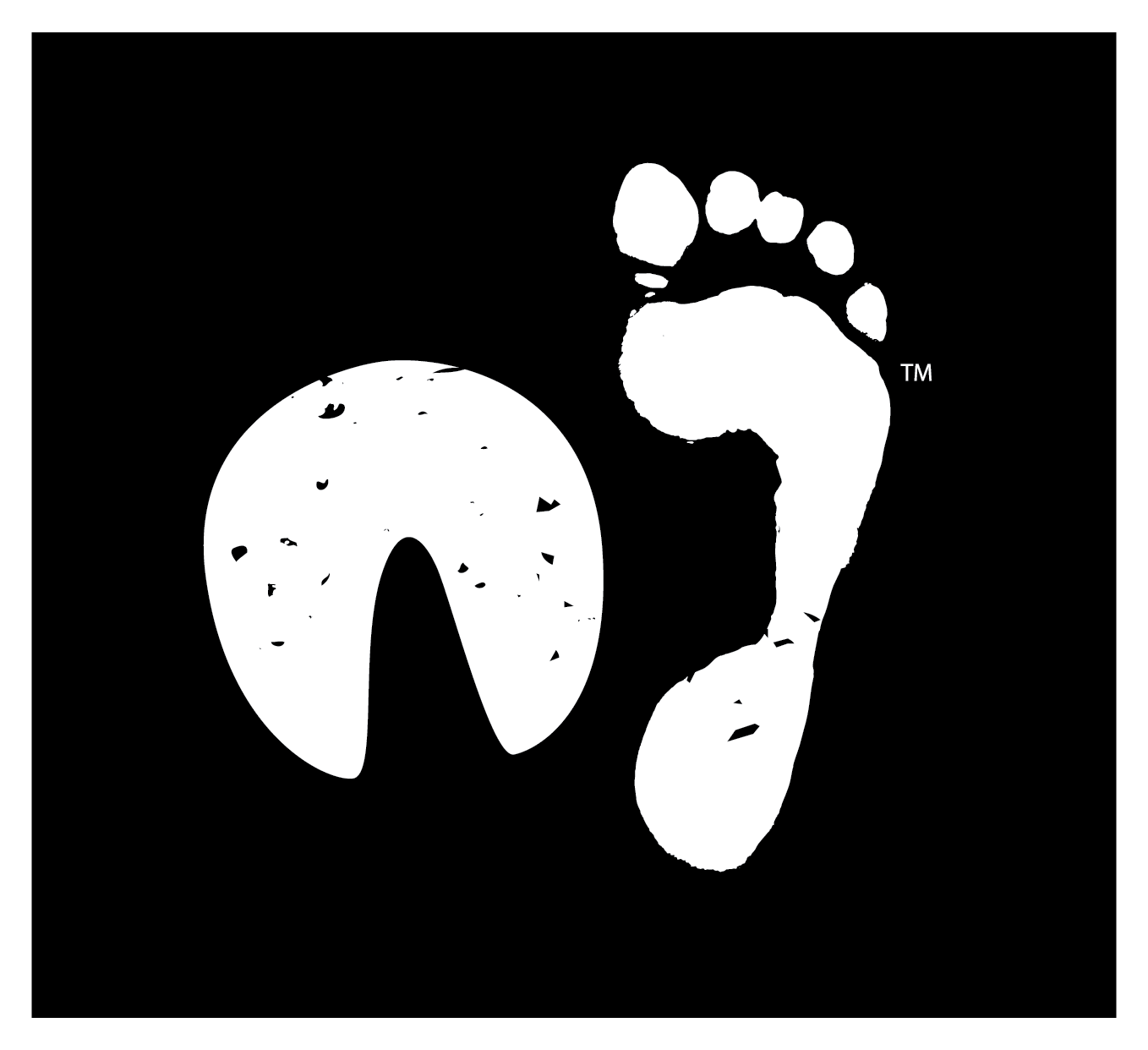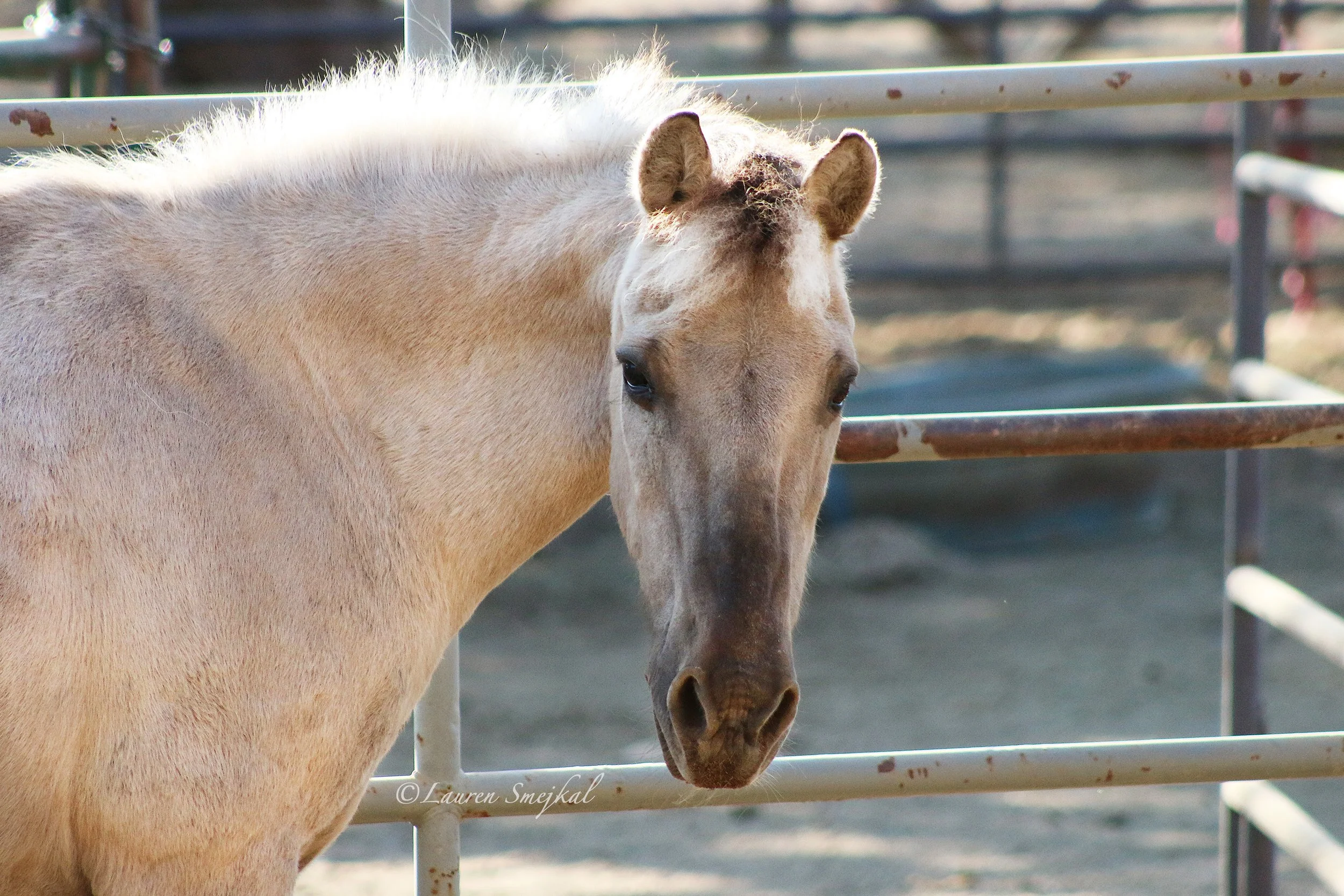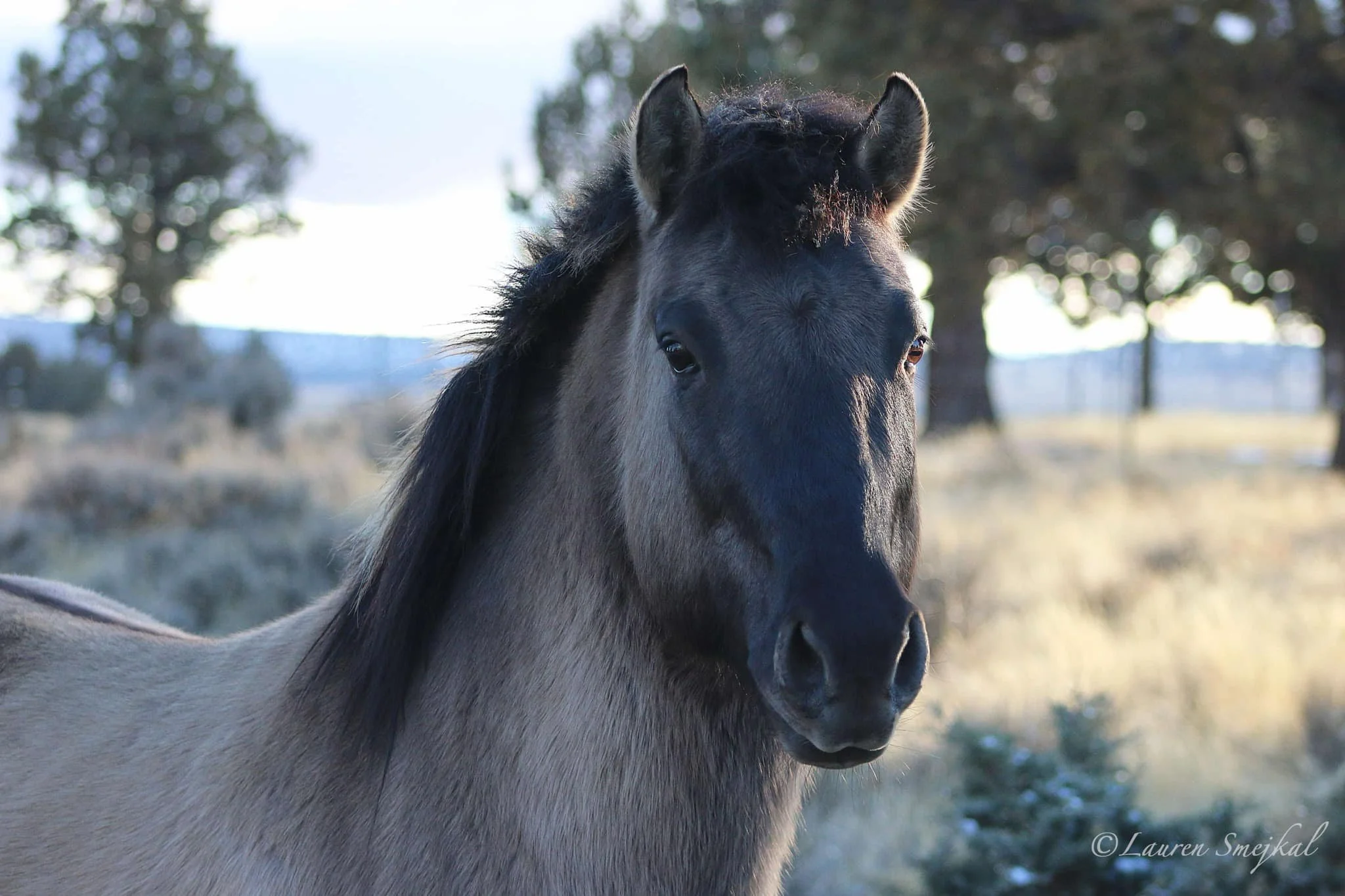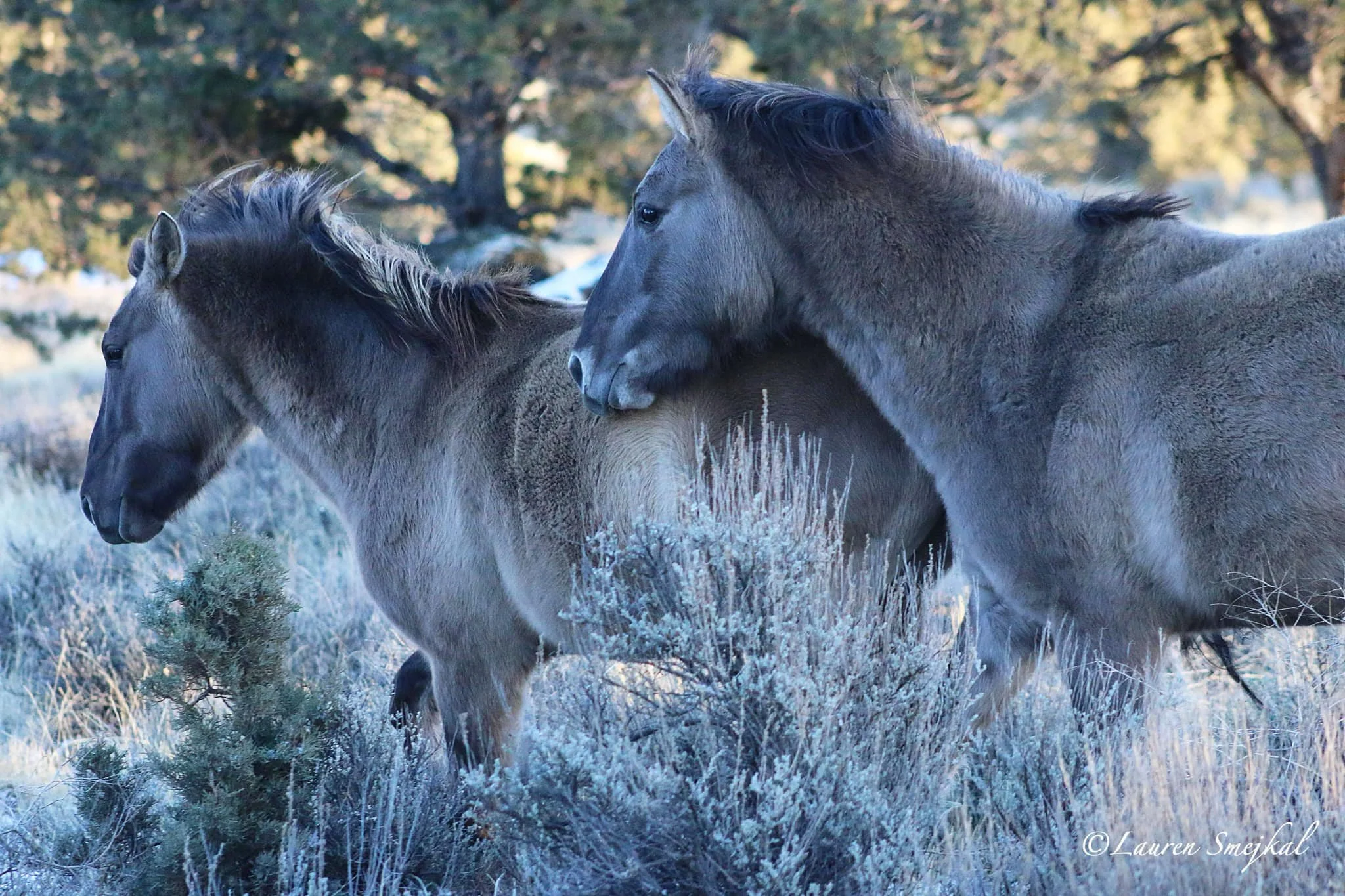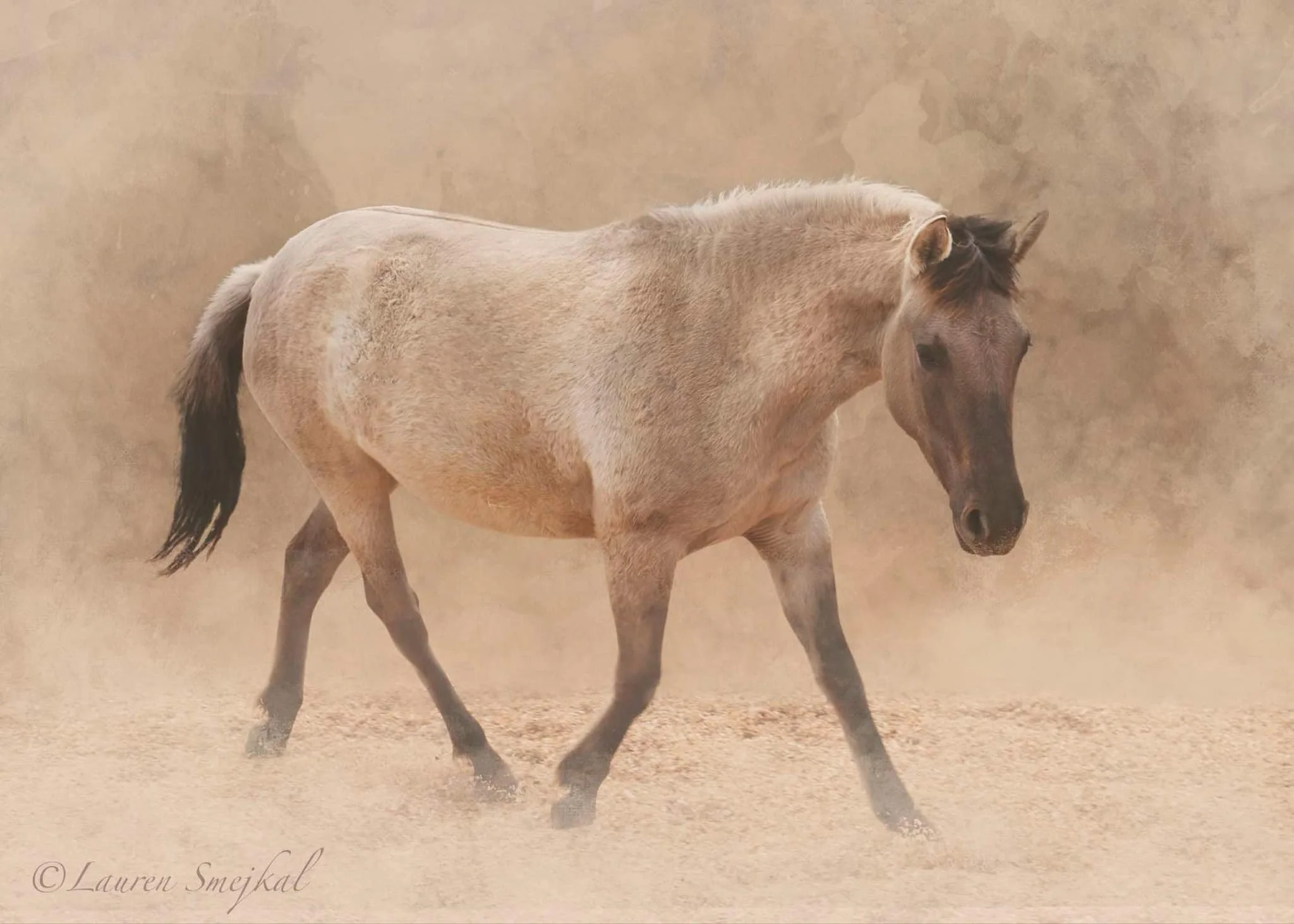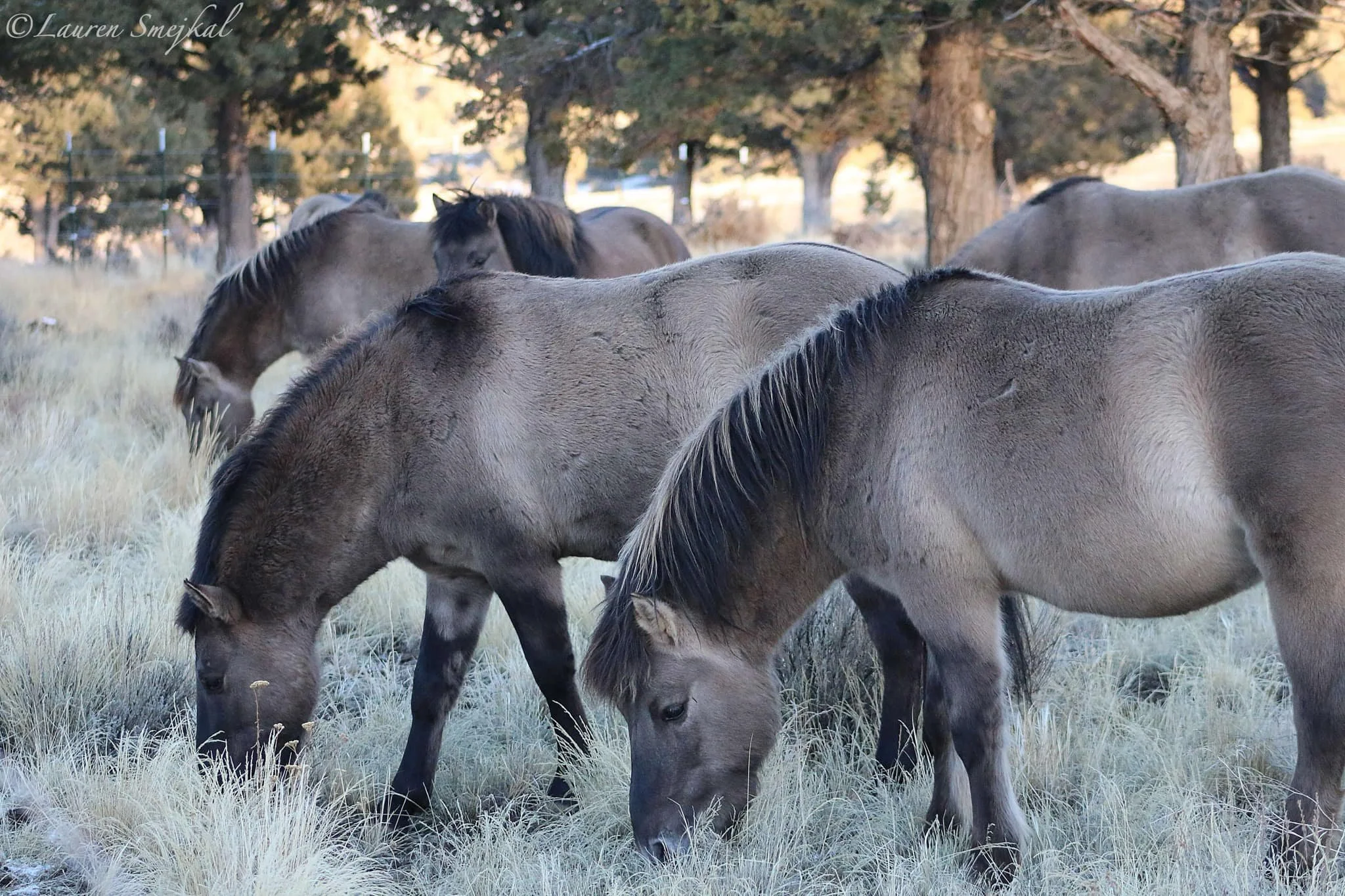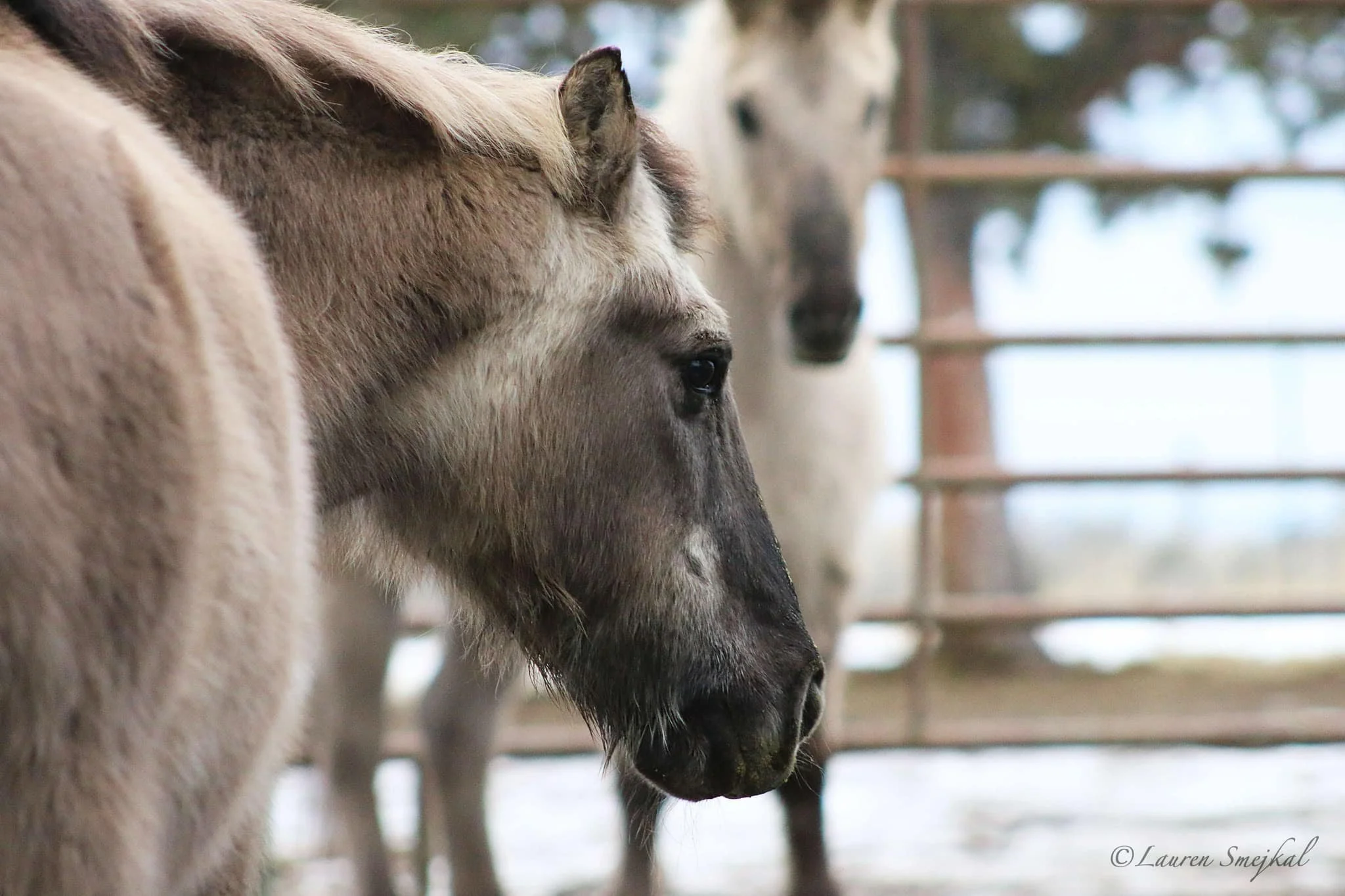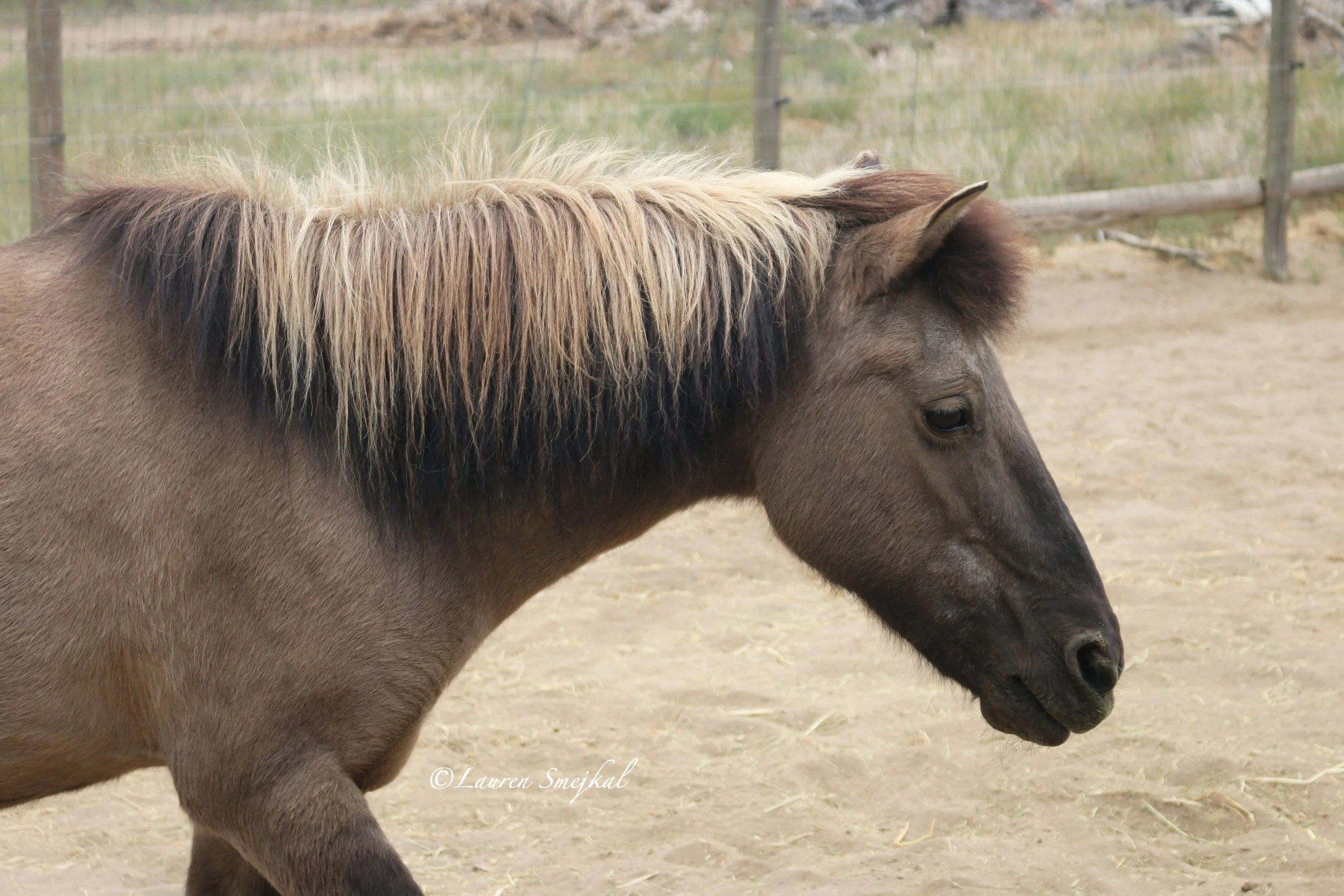
the Oregon Tarpan Horses
A rare breed. A wild legacy. A living invitation to remember.
A Rare Legacy Returns to the Land
The story of the Oregon Tarpan Herd is not just about conservation—it’s about rediscovery. Before there were fences and formal programs, there were horses who moved with the land, adapted to its rhythms, and carried the memory of time through their bloodlines. The Tarpan, a small, stocky wild horse of Eurasia, was thought to have disappeared by the early 1900s. Yet here in the high desert of Central Oregon, a group of horses emerged that echoed its presence—not through direct descent, but in spirit, conformation, and a resonance that feels ancient. The Oregon Tarpan is not a replica—it is a living question. What if what we thought was lost never fully left?
Long before wild horses were removed from public lands, before “mustangs” became symbols of the American West, there was the Tarpan—a small, primitive horse that roamed the Eurasian steppes. Believed extinct by the early 20th century, the Tarpan became the focus of several breed-back efforts around the world. But none are quite like the Oregon Tarpan.
what are tarpans—and where did the Oregon Tarpan Horses come from?
Tarpans were the wild horses of Europe, once roaming vast steppes and forested regions. Though believed to have vanished more than a century ago, their legacy lives on—not through direct lineage, but in the traits and ancestral memory carried by certain horses today. The word “Tarpan” comes from Turkish, meaning “wild horse.”
In the 1950s, Harry Hegardt began collecting wild horses in Eastern Oregon that bore striking primitive features: grulla coats, zebra striping, upright manes, and compact, durable frames. He wasn’t trying to invent a new breed—he sought to preserve what he recognized as ancient. These horses came from the land, shaped by survival. Hegardt’s closed breeding program gave rise to a herd whose traits echoed the past. Today, early research is exploring whether these horses preserve rare genetic markers—offering new insights into the story of horse domestication and adaptation in North America.
A Herd Unlike Any Other
The Oregon Tarpans are not simply rare—they are remarkable. Beyond their striking appearance, these horses embody a presence that feels deeply rooted in the ancient. Their compact stature and powerful, balanced build reflect the rugged landscape that shaped them. Primitive traits—grulla coats, dorsal stripes, cobwebbed facial markings—whisper of ancestral threads too resilient to vanish.
These are not simply echoes of a bygone past. They are embodied memories. Physical traits that align with what is often seen in genetically conservative lineages—those that, untouched by modern selective breeding, retain rare variants once widespread in ancient horse populations. Traits like these have also been found in other remote or semi-feral horse groups, and in Przewalski’s horses—not due to recent hybridization, but because both lineages trace their ancestry to Ice Age populations that preceded domestication.
Among the Oregon Tarpans, some carry unruly upright manes. Others bear a distinctive jawline or skull shape uncommon in modern domestic horses. Observers frequently note their instinctive intelligence and ancient bearing. When you stand among them, it feels less like watching horses and more like being remembered.
Today, the Oregon Tarpan horse stands apart.
No imported bloodlines — only wild Oregon stock
Primitive traits — dun, grulla and black coats, dorsal and leg stripes, cobwebbed faces
Distinctive build — short backs, strong hindquarters, and an unusual skull shape with less tapering
Preliminary genetic analysis has identified alleles found in Przewalski’s horses but absent in most modern domestic breeds. This doesn’t suggest direct descent, but rather shared ancestral variants retained over thousands of years—rare markers that likely trace back to Ice Age herds before the bottleneck of domestication.
Taken together, their physical characteristics and early DNA findings suggest that the Oregon Tarpans may represent a lineage uniquely positioned to inform our understanding of horse evolution, resilience, and relationship. They are not just horses—they are a living library, carrying the memory of a time when horses and humans first walked together.
Their Story Nearly Ended
In the deep of winter 2022, thirty-two Oregon Tarpan horses—nearly the entire herd—found themselves in urgent need of a new situation. The conditions that had once sustained them were no longer viable. Over the years, changes in caretakers, limited resources, and the natural rhythm of time had gradually shifted the herd’s stability. For more than a decade, the herd had quietly disappeared from public view. Their once-visible presence along rural Central Oregon roads had faded into memory.
The breeding program, once managed with care and intention, had quietly come to a standstill. Handwritten lineage records, once passed between trusted hands, had faded into partial fragments. Though the herd continued on, the foundation elders were aging, some already beyond their breeding years, their condition reflecting the wear of seasons passed.
They stood at a threshold—between memory and disappearance, between legacy and loss.
And then, their call was answered. Their circle of care widened. Their story, once tucked away, began to surface again.
When the call for help was raised, the Central Oregon horse rescue community moved swiftly. In a unified and urgent effort, they brought all thirty-two horses to safety. It was a turning point—not just in circumstance, but in story. The Oregon Tarpans were no longer quietly fading into history. They were being pulled back into the light.
Among them was Zarach, a 31-year-old gelding in skeletal condition, surviving only through sheer will. Alongside two of his elderly brothers, Zarach’s only hope was intensive care. Recognizing the urgency, Mustangs to the Rescue stepped in, transporting the trio to safety and beginning the slow process of rehabilitation. Zarach required a sling to remain upright and was supported through a carefully managed refeeding program designed to stabilize his fragile condition.
Yet even in this state, Zarach radiated something undeniable—a presence that seemed to rise from beyond his failing body.
This was not merely a plea for survival—it was a directive. A summons. A remembering.
And a few humans were listening…
A New Chapter Begins
Jordanna wasn’t at Mustangs to the Rescue that day for Zarach. She had come to visit another horse. But as she walked into the indoor arena, something shifted. A presence moved toward her—not physically, but energetically. It struck her so deeply and so suddenly that she stopped mid-step, breath caught, heart wide open. She didn’t need to look for the source. She already knew.
There stood Zarach, his body a fragile frame of bone and will. He was barely holding on, his prognosis uncertain. And yet, what radiated from him wasn’t frailty—it was clarity. Power. Purpose. He didn’t speak, but something in him reached straight into her. It bypassed thought and language and settled in her spirit.
Zarach carried a message.
We are the Council. Bring my family back together on the big land. Gather horses and humans, on the land and under the sky so we can remember the original agreement.
It was one of those moments that changes everything. A soul-level recognition. A cellular realignment. As if something ancient had surged through time, placed its hand on her chest, and whispered, “You are part of this.”
She didn’t feel pity. She felt remembering.
A member of the Hoopa Valley Tribe, Jordanna carries an Indigenous understanding of animal kinship that goes beyond care—it is relationship, responsibility, reverence. She didn’t just hear Zarach’s message. She remembered it. A soul contract was being reawakened.
Over the next several months, the path unfolded. Doors opened. People showed up. Support flowed. And by late-2024, 28 Oregon Tarpans were reunited on ancestral land in the high desert of Central Oregon - Broken Arrow Ranch & Sanctuary.
It was not just a relocation. It was a return—a reconnection to something that had never truly disappeared, only waited.
Now, the herd lives as they were meant to—together, connected, safe. The land receives them. The circle has closed. And in that sacred space, something old begins again. The Oregon Tarpans remain an intact thread of story stretching into the distant past—carrying knowledge, resilience, and invitation. They are not only survivors; they are guides. With every hoofbeat, they await the opportunity to share what they remember, calling humans back into relationship—back into living as an act of rebalancing.
To follow the unfolding of this living story, join the Oregon Tarpans’ online storytelling space—where the full journey of their return, and many more stories still to come, are shared with depth and heart.
an enduring gratitude to those who have ensured the safety and ongoing legacy of the herd…
Joan Steelhammer, Kate Beardsley, Don Shurtleff, Lauren Smejkal, Jean Martwick, Krisstie Shockey, Black Diamond Equine Veterinary team, community foster homes & donors, and the following organizations
Tarpan Horse Conservation Program
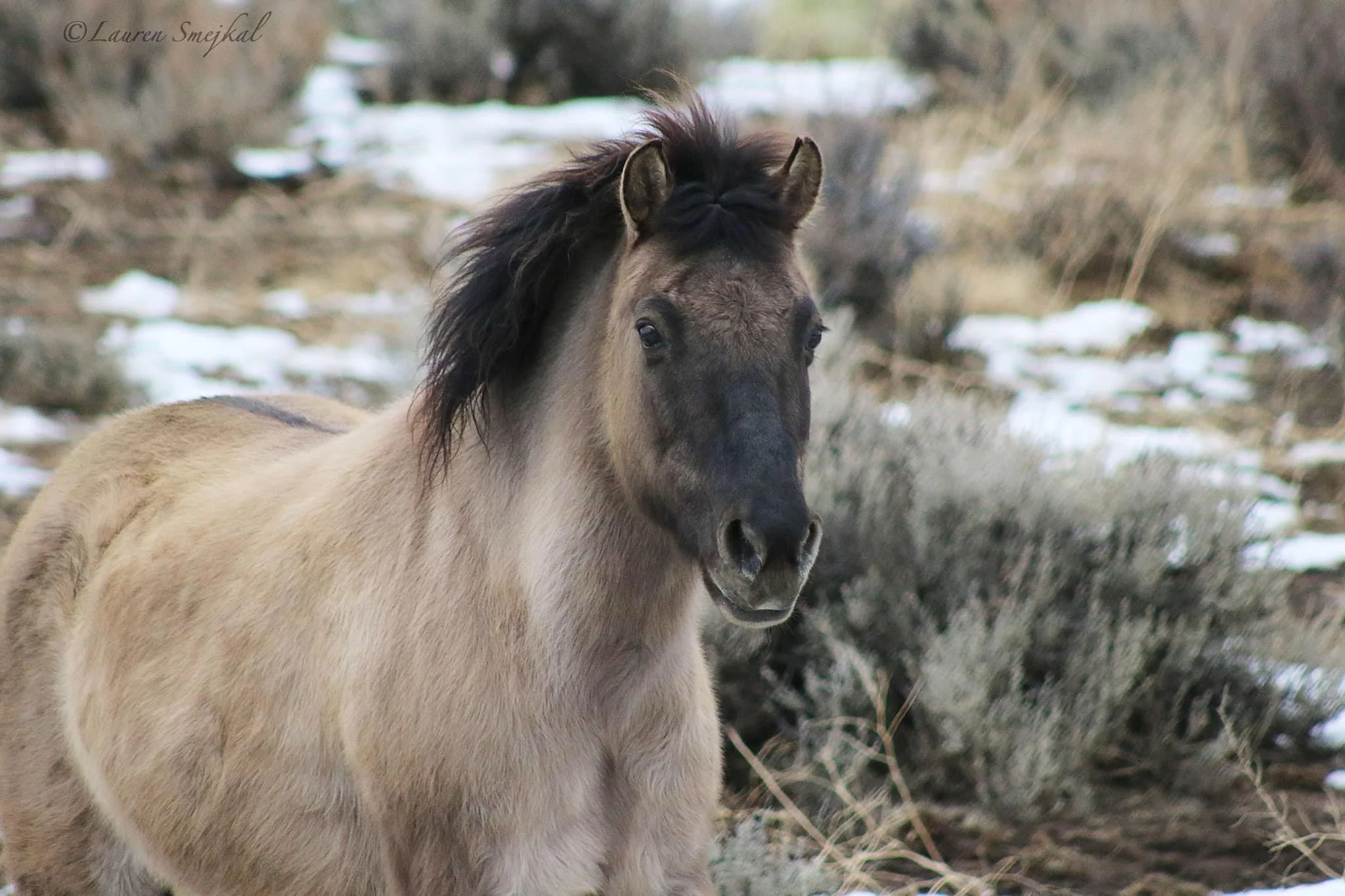
Why They Matter
The Oregon Tarpans represent more than an isolated breed—they may hold keys to reframing the entire narrative around wild horses in North America. If, as ongoing DNA testing may show, they are not derived from European Koniks or modern domestic lines, but instead reflect an older, genetically conservative lineage with ties to ancestral horse populations, then their survival challenges the accepted belief that horses disappeared from this continent thousands of years ago.
This isn't just about genetics. It’s about relationship. These horses carry a story that science is only beginning to catch up with—one that Indigenous knowledge keepers have always known. They remind us that connection to land is not only ecological but spiritual. They invite us to reconsider what it means for something to be native, wild, or worthy of protection.
Their potential role in ecological restoration is also profound. In European rewilding projects, similar horses like the Konik are already being used to rebalance ecosystems. The Oregon Tarpans, grounded in this soil, could someday play that role here—restoring landscapes through their very presence.
Preserving the Oregon Tarpan is about more than saving a rare horse—it’s about restoring a story. One that’s embedded in the land, in Indigenous memory, and in the very DNA of the horse itself.
Ongoing research will determine whether the Oregon Tarpan shares ancestry with the Polish Konik, another Tarpan-type horse. If not, it could point to a rare American strain that challenges the dominant story of horses going extinct in North America post-Ice Age.
But even beyond that, these horses offer something else:
a living link to wildness
a pathway for equine-led ecological restoration
a reawakening of ancient human–horse relationships
This work is horse-led and community-sustained. It depends on people like you.
-

Sustain the Herd
Support the daily needs of the Oregon Tarpan horses—hay, feed, medical treatment, farrier care, and the hands-on attention that keeps them well. Your gift sustains their lives and helps protect a living lineage too rare to lose.
-
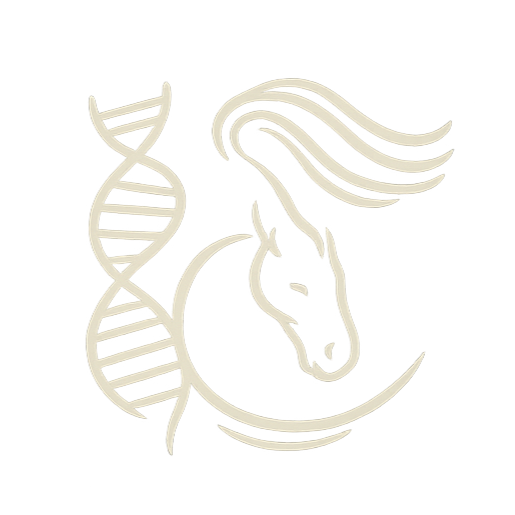
Fund the Science
Help complete critical DNA testing and ancestral lineage research. Your support advances efforts to understand the herd’s origins and protect their future through evidence-based preservation.
-
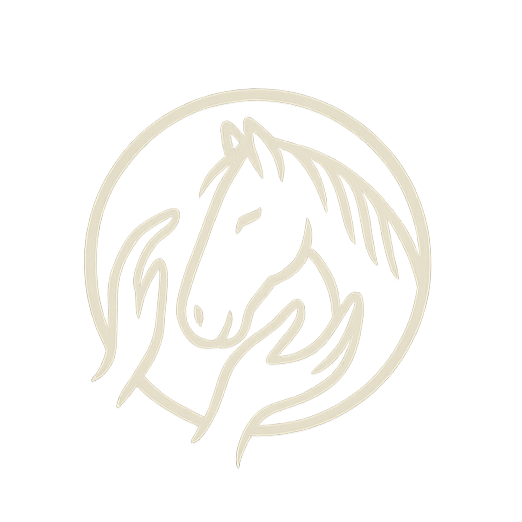
Partner in Purpose
We welcome aligned collaborations in research, education, conservation, and cultural storytelling. Join us in co-stewarding the herd’s legacy and amplifying their impact on land, lineage, and community.
-
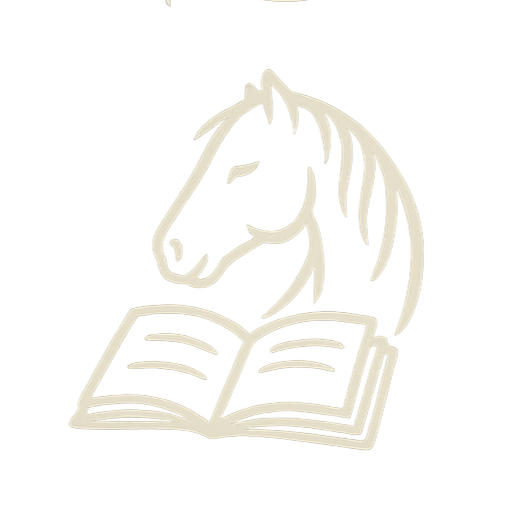
Become a Student
Learn from the Oregon Tarpan Horses through our virtual and in-person offerings. Engage in teachings rooted in ancestral knowledge, sacred relationship, and the living wisdom of a herd carrying memory across time.
The Oregon Tarpan Horses are part of the Tarpan Horse Conservation Program’s national network.
All contributions made through the Tarpan Horse Conservation Program are tax-deductible. Please include “Oregon Tarpans” when making your contribution to ensure the funds are directed to the correct herd.
